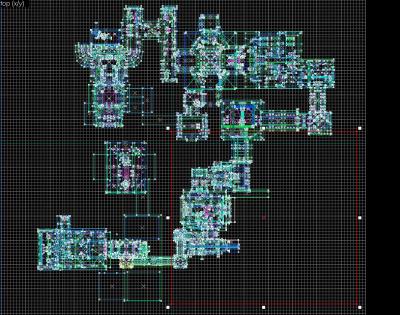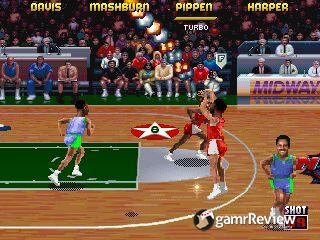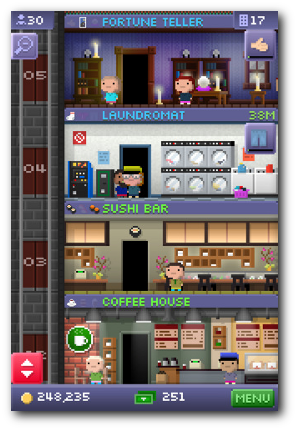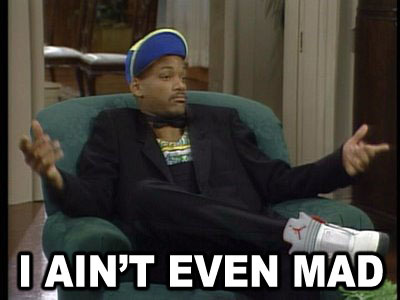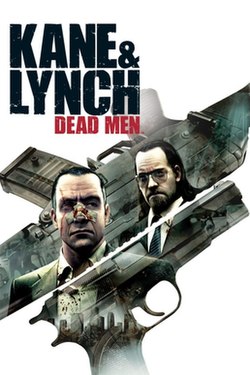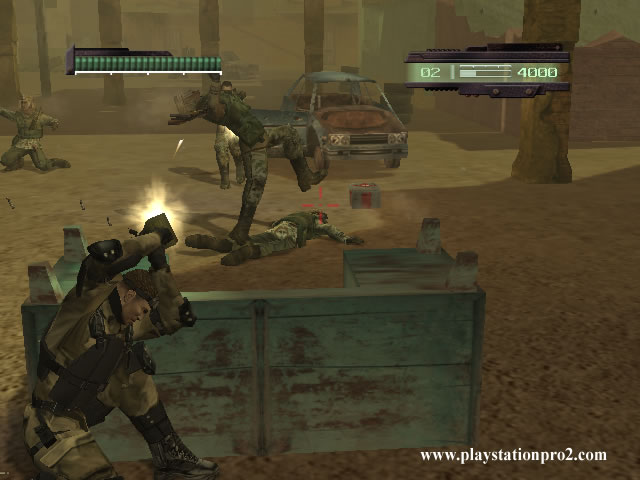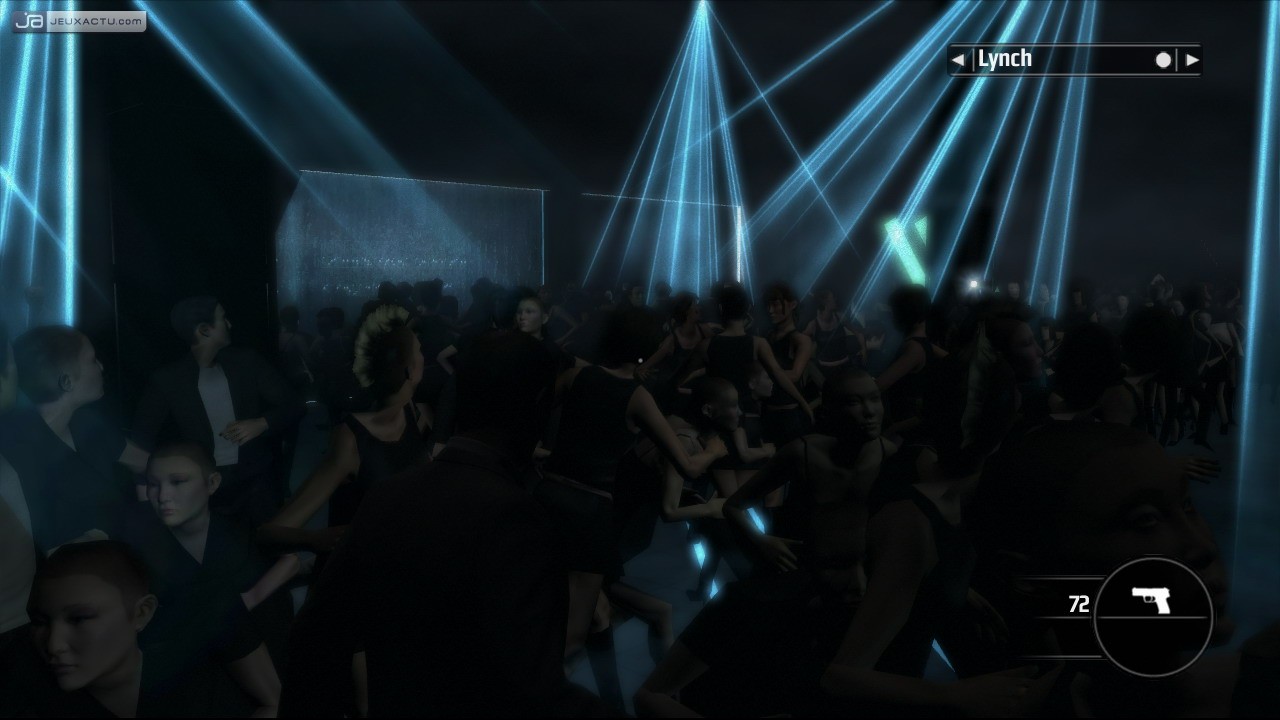The 2011 PopCap Social Gaming Research survey, as conducted by Information Solutions Group and commissioned by PopCap, noted that, in comparison, 81 million people play social games at least once a day. In terms of spending on social games, the report explained that 31 million players have spent money on in-game purchases, up 86 percent year-over-year.
- What is the definition of Social Game here? Is it strictly a game on Facebook? How about on the iPhone games that are networked? Where would something like Farmville on iOS and Facebook count? Without this context, it's much harder to understand what's the demographic that makes up this audience.
- 81 Million is a pretty impressive number, but what would be more interesting and useful is, how many different games do they play (or is it just one)? If all these people only play one game, and never migrate, then the market isn't really as big as it seems (You can see this in WoW, MMOs are huge if you count WoW, if you take WoW out of the equation, you'll realize that the player pool is relatively small).
- 31 Million Paying user, now that's a much more accurate title for the article, but I guess it's not as splashy as 81 million active users. As for spending; is the question phrased as: "Have you ever spent money on a Social game?" If so, then the percentage will always rise! Better questions would be "Have you spent money on a social game in the last 6/3 months" or "What was the most you have spent in a game?" If 31 million players only paid 99cents for an item once, then 31 million income looks pretty bad for a 81 million Active User. Most social games rely on the freemium model, and the idea that the small group of paying users pay to cover the operating and profit cost for everyone else; knowing the breakdown of how this money is spent, and where it's spent is important.
The survey also looked into the ages of social gamers, and showed that 30 percent of social gamers are under 30 years of age, compared to 19 percent in 2010. 20 percent of all U.S. social gamers are over 60 years old, compared to just 7 percent in the UK.
The breakdown of the makeup of player base is also interesting: Gaming have long been stuck as a "toy" category, and many were glad to push the percentile out of that category as it was perceived that the middle age group (especially Single Male demographic) spends disproportionally large amount of dollars for entertainment (and the recent release of Skyrim, MW3 and other countless collectors edition validates this). While reaching a wider audience is nice, it's questionable about their willingness to spend: an active user is relatively meaningless to your game if they never spend a dime on it.
ISG explained that the social games surge is a "newer phenomenon" in the UK than in the U.S., as 38 percent of UK social gamers have been playing social games for more than 2 years, compared to 51 percent in the U.S..
The word "surge" and "phenomenon" should start scaring you right about now. Consider the recent valuation of Zynga and Rovio, with the latter being the most interesting. A company with one title scoring that much valuation? I'm not going to bother predicting gloom and doom now, but just entertain a thought: Would the audience leave en masse? And what would happen?
In some ways, it's no different than the Wii. Remember the Wii "phenomenon", where millions flocked to Wii Sports? They stayed with that game, not needing any other experience, and never picked up anything else. It's somewhat scary to see the parallel between Zynga and Facebook; Rovio and Mobile; Nintendo and Wii: It may be profitable if you are the company in the driving seat, but good luck if you're coming into the market behind them.


